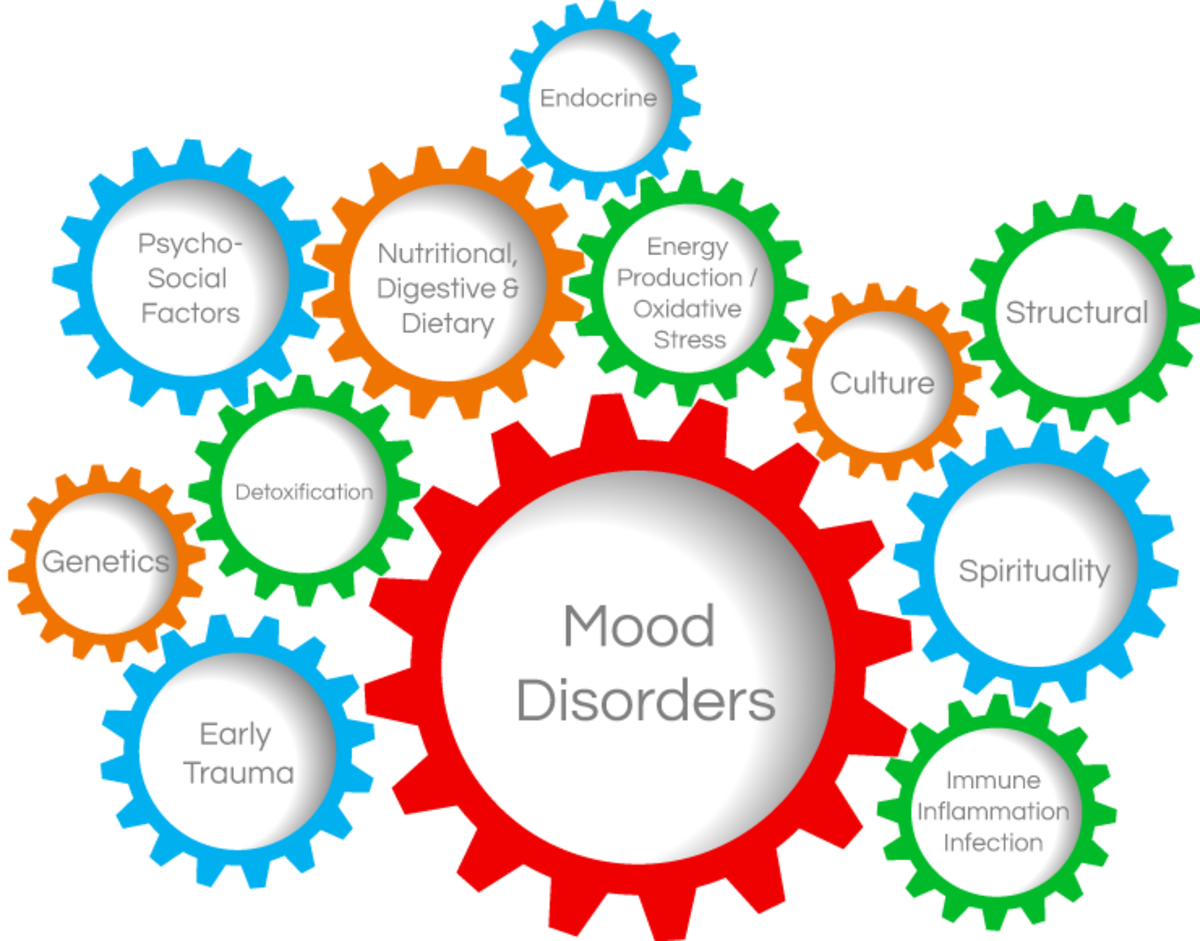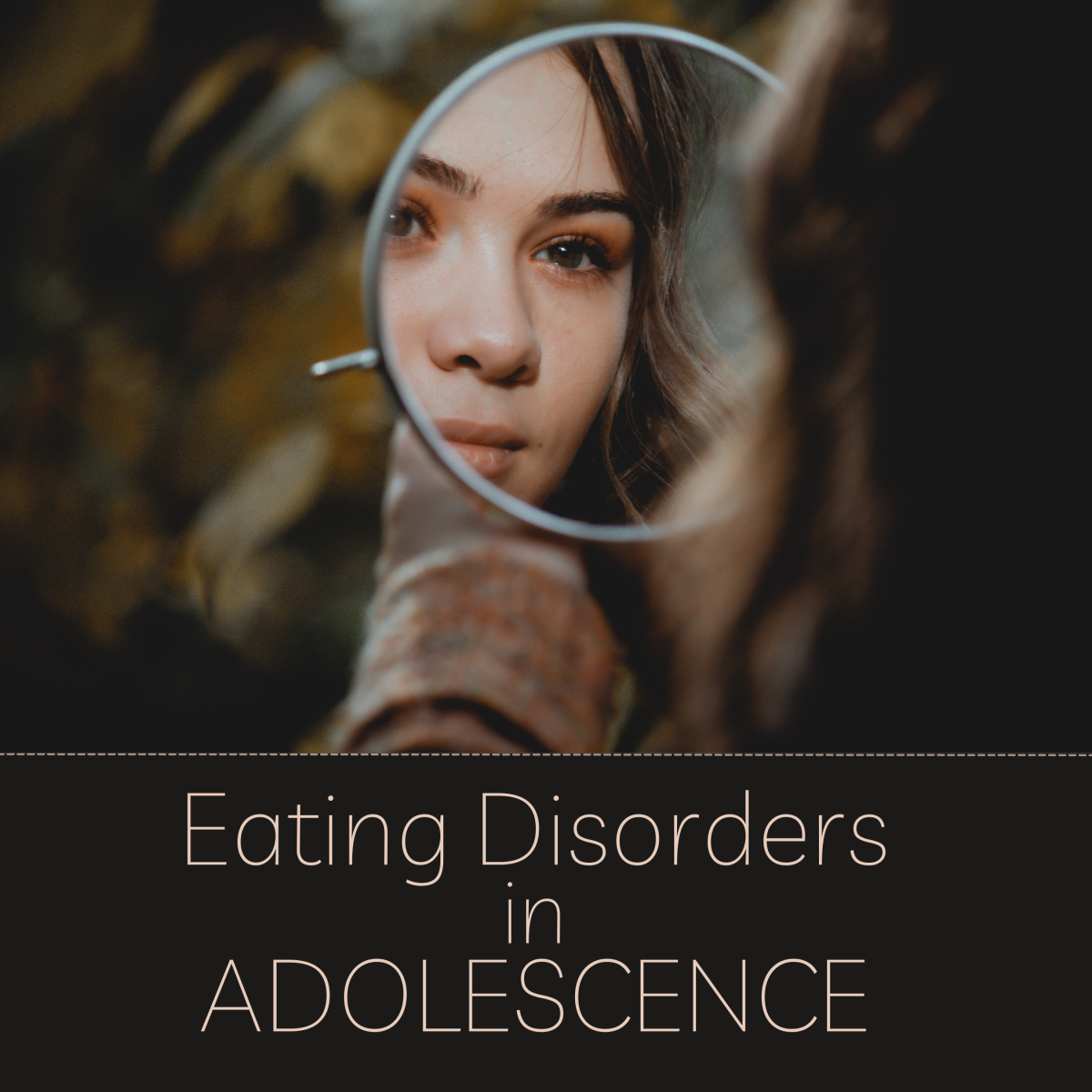Child Psychopathology: The Skeletons in Society's Mental Closet
Eating Patterns
The question one might have is how do eating patterns or problems develop? We are aware of eating disorders such as binge eating, anorexia nervosa, and bulimia. But, did you know that dieting has now become an eating problem. A study conducted by Ilana Attie and J. Brooks-Gunn attempted to examine how eating problems form from a developmental point of view. The developmental perspective required studies to examine challenges that occur in the lives of those who may or may not form bad eating habits. Accommodation to physical body changes due to puberty, detachment of the child from the parent, and obtaining a stable personality structure for mood regulation and self-esteem were the challenges individuals face during the phase in life where eating problems begin to surface. Attie and Brooks-Gunn brought up a reminder of societies norms from the past to the present. The ideal body image of a woman from the 1800’s to the present involves a woman of a fair complexion, with a thin waist and curves in the bust area and hip area. This holds true especially for middle to upper middle class women in Western society and is still has not changed.

Findings from the study suggest that eating problems surface due to the physical changes of puberty. In addition to these changes, psychosocial influences play a roll but this does not affect individuals until middle to late adolescents. Also, body shape becomes a primary focus for young ladies at this time and their efforts to control weight rise during middle school years. Girls experience about 10 pounds worth of weight gain in the form of fat. This is normal and is part of the female experience of puberty. Attie and Brooks-Gun believe that this is the time where the first of many attempts of weight loss occurs. Their study also had a follow up after 2 years and during the follow up they reported that the old developmental influences did not account for eating problems.
After 2 years of experiencing puberty, the strongest influence of eating patterns was body image. In attempts to achieve the goal of having the body they desire, ineffectiveness and perfectionism were the leading cause of motivation. Perfectionists were able to strive to achieve their goals and this could either boost or decrease the ego of the individual doing so and could alter their chances of developing a clinical eating disorder. Ineffectiveness related more with depression therefore causing those affected to become discouraged and possibly turn their highly compulsive eating patterns to become lower. Another influence of eating patterns came from girls who reported living in families that lacked organization, expressiveness, and families that just did not get along.
These eating patterns develop during early to middle adolescents. They are later influenced by body image and put adolescents at risk of developing eating disorders. The disorders can also be obtained by adolescents having a poor body image and issues with their ego and self esteem. Girls most vulnerable to eating disorders come from less supportive families. Knowing this information we have an advantage and possible prevention method for girls to understand their physical body changes, what is normal, and how to help them get through this phase by being supportive as they may not have that support and structure in the home.
Feeding Disturbances
An alternate side to the coin of eating problems is feeding problems. Feeding disturbances are seen in children from birth. These feeding disturbances may also contribute to later developments of eating disorders. There was a study conducted by Sibylle Escalona who observed feeding disorders in very young children. The results of the study were very interesting. Many of the babies studied under four months of age showed a preference over juice. Some of them disliked orange or tomato juice. What was odd in the study was that the caregivers providing the juice to the babies also shared the same preference of dislike that the babies had. This could prove that children with parents who have preference of food, body image, and exercise could rub off on their children at a very young age.
Another surprising result is that the babies would nearly starve themselves when emotional difficulty arrives. When the babies were under any type of stress they would refuse food. Refusal of food consisted of refusing to accept, vomiting, and failing to gain weight. In one case, Escalona observed a twelve month old girl refuse solid and liquid food almost completely. She refused to eat during attempts to walk. When she was disappointed she would refuse to eat. When she achieved attempts of taking steps by herself she received praise and gained an appetite. This could prove that the reasons for decreased appetite could be from a failure to thrive and that with success, loss of an appetite is not a problem; at least not a problem for individuals until they become aware of society’s norms.

Obesity
Obesity is the night terror that continues to haunt children and adults all of their life. Once someone has been labeled as being obese their whole world changes. They are now the center of attention where ever they go. There is a stigma related to becoming obese and it is more times than not a negative stigma. When this stigma is directed at obese youth, their peers, parents, teachers, and others that surround themselves with the child it becomes overwhelming. Due to weight bias and discrimination, obese children suffer from many consequences. Not only is their physical health at risk, they also suffer from social and psychological difficulties. The negativity associated with stereotypes about obesity has been presented so much so that the media and societies perspective needs to be changed.
Rebecca Puhl and Janet Latner conducted a study on the stigma of obesity. Together they have suggested that stigma-reduction programs need to be developed and tested to allow the stereotype of obesity to change. Through research, they have found that obesity increases vulnerability to psychological reactions and psychosocial stressors in the youth. Because of the stigma associated with weight, these children may experience negative outcomes from heightened blood pressure and a risk for hypertension; all due to the stigma associated, not the condition itself.
Puhl and Latner believe that weight-based discrimination accounts for a large portion of health issues by children suffering from obesity. They also believe that reducing the weight of the individual alone may not be enough to address the true problem. Because tormenting, victimization, and teasing have lasting and harmful effects on overweight children, achieving weight loss goals does not change their frame of mind. Also, children and adults that have achieved weight loss success could still continue to be discriminated against. Because of the stigma associated with obesity, the prejudices associated with the stigma may go undetected. If this is not corrected, the same treatment will continue to affect future generations of overweight children.
The stigma associated with obesity has developed due to society. Discrimination against those who suffer from weight issues is nearly as important as racial discrimination and discrimination against those with physical disabilities. Puhl and Latner believe that solving the discrimination issues should be taken seriously to protect the emotional and physical well being of the children of our country.
Self Image
After gaining a better understanding of eating patterns, feeding problems, and the stigma of obesity we can discuss how self image varies among other races. The majority of studies done about individuals with eating disorders are about Caucasian females. There has been a study done to find out how African American women view themselves and how eating disorders play a role in their lives.

A study conducted by Nichole Kelly, Rachel Gow, Karen Mitchell, Sara Trace, Janet Lydecker, Carrie Bair, and Suzanne Mazzeo was done to review how African American women viewed eating disorders and how they interfered with their lives in comparison to Causcasian women. The results showed that Caucasian women were more likely to care more about their body image in comparison to being thin than to how they felt. They also judged themselves negatively if they did not achieve the cultural norm for body size. African American women were not completely opposite; however they did believe they could control their weight and appearance if they attempted to do so. It appears that African American women are not as concerned about eating disorders and body image because they are more content with a larger body size.
Conclusion
No matter what ethnicity, many individuals suffer from psychological disorders that can affect their perception of themselves. A common disorder among middle and high school females is an eating disorder. They attempt to achieve unhealthy goals in hopes to obtain the perfect image. Changes in puberty may spark the initial start of dieting in young girls. This turns into a perception of becoming thin because being thin is glorified. The perfect image of a woman is not only seen on television, it is also seen in magazines, and has become acceptable as a norm for society. When that norm is not achieved, individuals may be labeled with the stigma of being overweight or becoming obese. Not only is this condition unhealthy for the individuals with it, the psychological effects from societies discrimination puts these individuals at an even higher risk of suffering from medical conditions.
In a perfect world, everyone would love themselves for who they are and stop attempting to be something they are not and they would stop judging others based on what they look like. We do not live in a perfect world. There is help for those suffering from any of the conditions mentioned. Hopefully we can change society’s views and avoid all of the negativity associated with eating disorders. The question is when will it start?
References
Attie, Ilana, and Jeanne Brooks-Gunn. "Development Of Eating Problems In Adolescent Girls: A Longitudinal Study." Developmental Psychology 25.1 (1989): 70-79. PsycARTICLES. Web. 21 Apr. 2014
Escalona, Sibylle K. "Feeding Disturbances In Very Young Children." American Journal Of Orthopsychiatry 15.1 (1945): 76-80.PsycARTICLES. Web. 21 Apr. 2014.
Kelly, Nichole R., et al. "An Evaluation Of The Reliability And Construct Validity Of Eating Disorder Measures In White And Black Women." Psychological Assessment 24.3 (2012): 608-617. PsycARTICLES. Web. 21 Apr. 2014.
Puhl, Rebecca M., and Janet D. Latner. "Stigma, Obesity, And The Health Of The Nation's Children." Psychological Bulletin 133.4 (2007): 557-580. PsycARTICLES. Web. 21 Apr. 2014.








